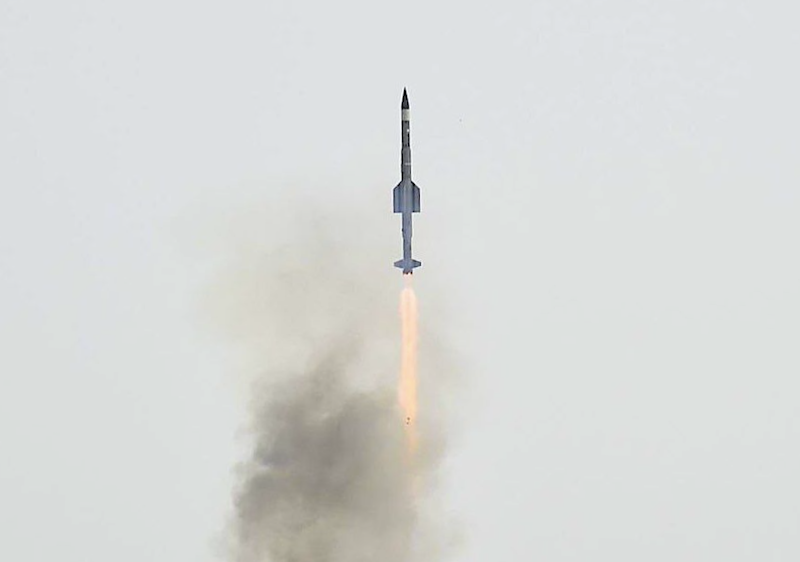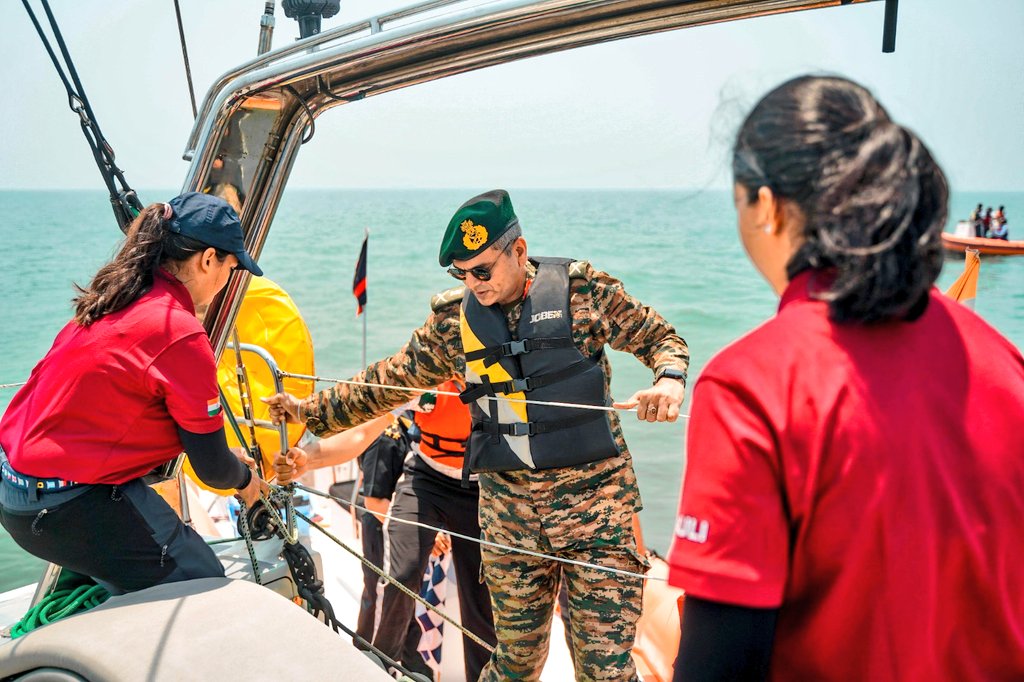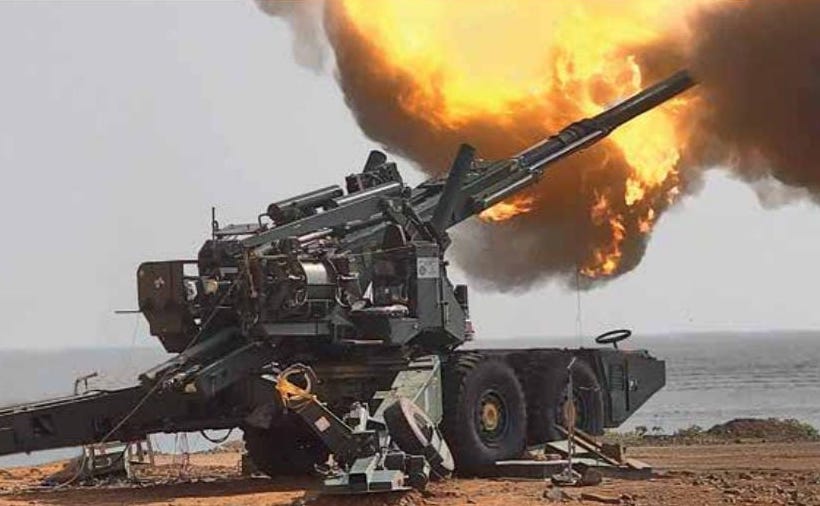 The VLSRSAM that was tested on September 13, 2024. (Photo: DRDO)
The VLSRSAM that was tested on September 13, 2024. (Photo: DRDO)
New Delhi: India has successfully conducted back-to-back tests of its vertical-launch short-range surface-to-air missile (VLSRSAM) from the Integrated Test Range (ITR) at Chandipur, off the Odisha coast, on Thursday and Friday. The Defence Research and Development Organization (DRDO) and the Indian Navy carried out these tests, marking a significant achievement in developing the nation’s defensive capabilities.
The missile tests, part of India’s ongoing efforts to enhance its indigenous defence technology, demonstrated VLSRSAM’s precision by successfully intercepting high-speed, low-altitude aerial targets simulating sea-skimming threats. This type of aerial attack, which involves a missile or aircraft flying at low altitudes to avoid detection, is particularly challenging to counter, making the success of these tests crucial for the country’s maritime security.
DRDO and Indian Navy have conducted back-to-back successful flight tests of the Vertical Launch Short Range Surface to Air Missile (#VLSRSAM) from the Integrated Test Range (ITR), Chandipur, Odisha. @DRDO_India | @indiannavy | @DefenceMinIndia pic.twitter.com/6Ts04KO0B2
— All India Radio News (@airnewsalerts) September 13, 2024
The VLSRSAM system is designed to protect naval vessels against various aerial threats, including aircraft, helicopters, drones, and incoming missiles. It uses advanced guidance systems, ensuring high accuracy and agility in intercepting hostile targets at short ranges. The successful tests highlight the missile’s readiness to be deployed, further strengthening the country’s naval defence, particularly in the strategic Indian Ocean region.
The defence minister, Rajnath Singh, praised the DRDO and the Navy for their efforts, stating that the successful testing would provide a technological boost to India’s armed forces. Senior officials from both the DRDO and the Navy were present to oversee the launch, with the DRDO chairman, Dr Samir V Kamat, congratulating all those involved in the tests.
Earlier, in preparation for the missile tests, safety measures were implemented by the Balasore district administration. Around 3,100 residents from six villages within a 2.5-kilometre radius of ITR Launch Pad 3. These precautions were taken in consultation with the ITR authorities at Chandipur to ensure the safety of the local population during the tests.
These successful consecutive launches come at a time when India is focused on advancing its domestic defence manufacturing capabilities and reducing its reliance on foreign imports. The VLSRSAM system, when fully operational, is expected to play a crucial role in protecting India’s naval assets from evolving threats in both regional and global theatres.










